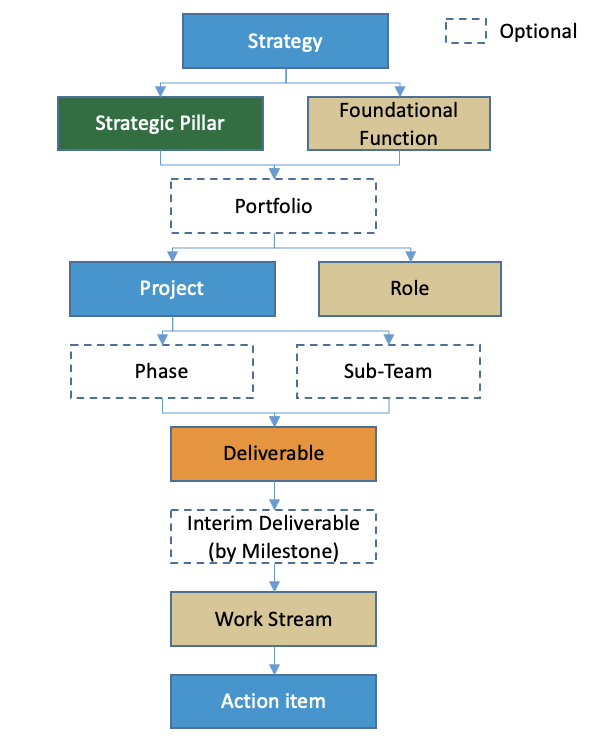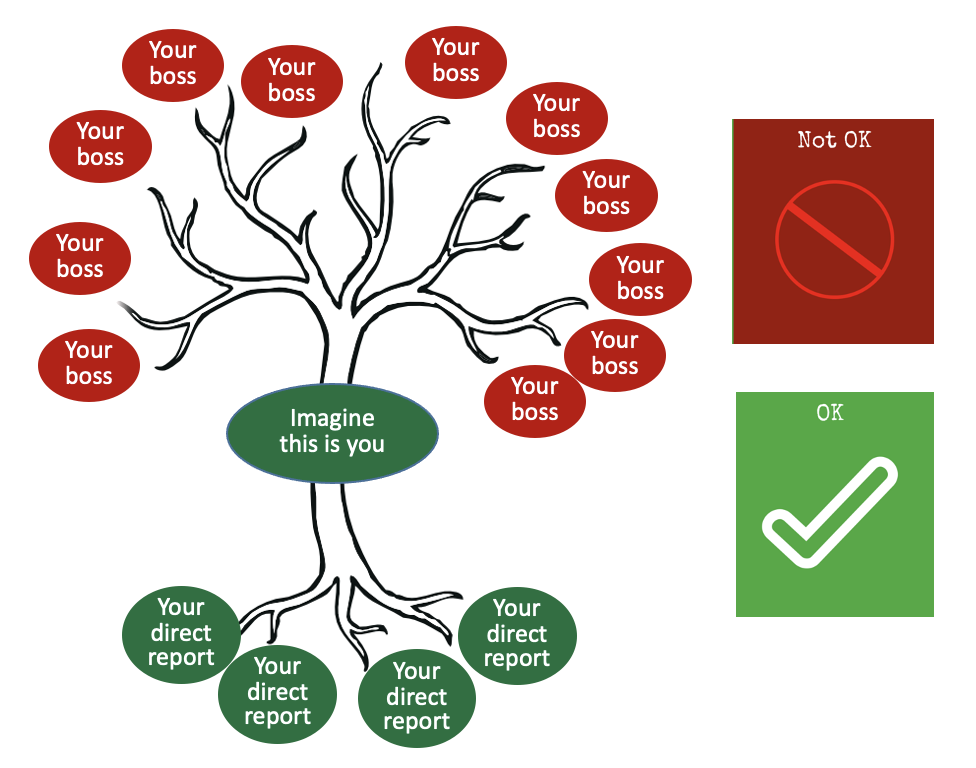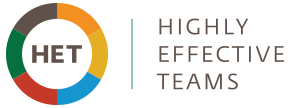
Organizational Structure
Align Your People and Resources with Your Strategies
When an organization changes its strategy, its existing structure may no longer be the most effective way of carrying out its work. When your people and resources are aligned with your strategy, they are focused on your highest priorities and working toward your organization’s success. In an organization that fosters high performance teamwork:
- Engaged and committed team members see how their work contributes to the strategy and your organization’s mission.
- Team members are clear about individual responsibilities and avoid duplicating work.
- Decision-making and communication across the organization is more transparent.
Have you recently changed strategic direction and undergone organizational change? Our team of HET Consultants can help you to help evaluate your structure so that your teams and people are clear about their roles and responsibilities, see how their work contributes to what’s most important, and feel engaged and valued.
True Teamwork and Why It Matters
In organizations, we call lots of groups of people teams, ranging from a group of departmental staff members reporting to a supervisor but working on different projects to a group of people from different departments working on a common project. Not all groups of people working together are really teams in the way we describe them in the Highly Effective Teams approach.
A common structure we find in organization is working groups. In a working group, people from different parts of the organization come together to execute on a project and divide the work into separate pieces they each individually own. Members of the group then create their own end-products without much collaboration or group problem solving along the way. What’s usually missing on working groups is a strong leader with skills in team building, project management, and meeting management.
In true teams, each member has their own position but they are interdependent on one another to succeed and either the whole team wins or the whole team loses. They need a strong leader, and they need to practice together to achieve results. To be a Highly Effective Team, a strong leader needs to know how to build a team, manage a project, and run great meetings.
HET helps you foster true teamwork that supports collaboration, communication, and innovation that supports your strategy, rather than get in the way of it. We help you use your resources wisely and avoid the frustration that can occur when your organization is not aligned.
Organizational Structure that Drives Accountability
It is easier for organizations to drive accountability through single points of responsibility at every phase of the work from strategy to action items. When two (or more!) colleagues are asked to share or split one role, each person may naturally feel confused, unclear about how their work contributes to the organization or team, or in some cases, even threatened about their role.

The HET Architecture
To avoid this, we recommend “One Name Per Box”. In each of the 12 boxes that HET uses to break down a strategy into an action item (strategy, strategic pillar, foundational function, portfolio, project, role, phase, sub-team, deliverable, interim deliverable, work stream, action item) there is only one name for the person accountable for managing that body of work. When we have more than one name per box, we find people either stepping on each other’s toes or things falling between the cracks. One name per box is the path to single point accountability.
One Name Per Box enables us to grow organizations based on Roots, Not Branches. Look at the tree below. Image you are the trunk. You have bosses above you and direct reports below you. What is wrong with this picture? Does anyone actually enjoy reporting to multiple bosses? What are the chances that two co-managers at work will agree 100% of the time? Zero. Then, why build in a dynamic that requires it?

The HET Roots Not Branches Tree
Build organizational and project team charts with roots, not branches so that your organization, teams, and people are working on what’s most important to get better results, collectively.
